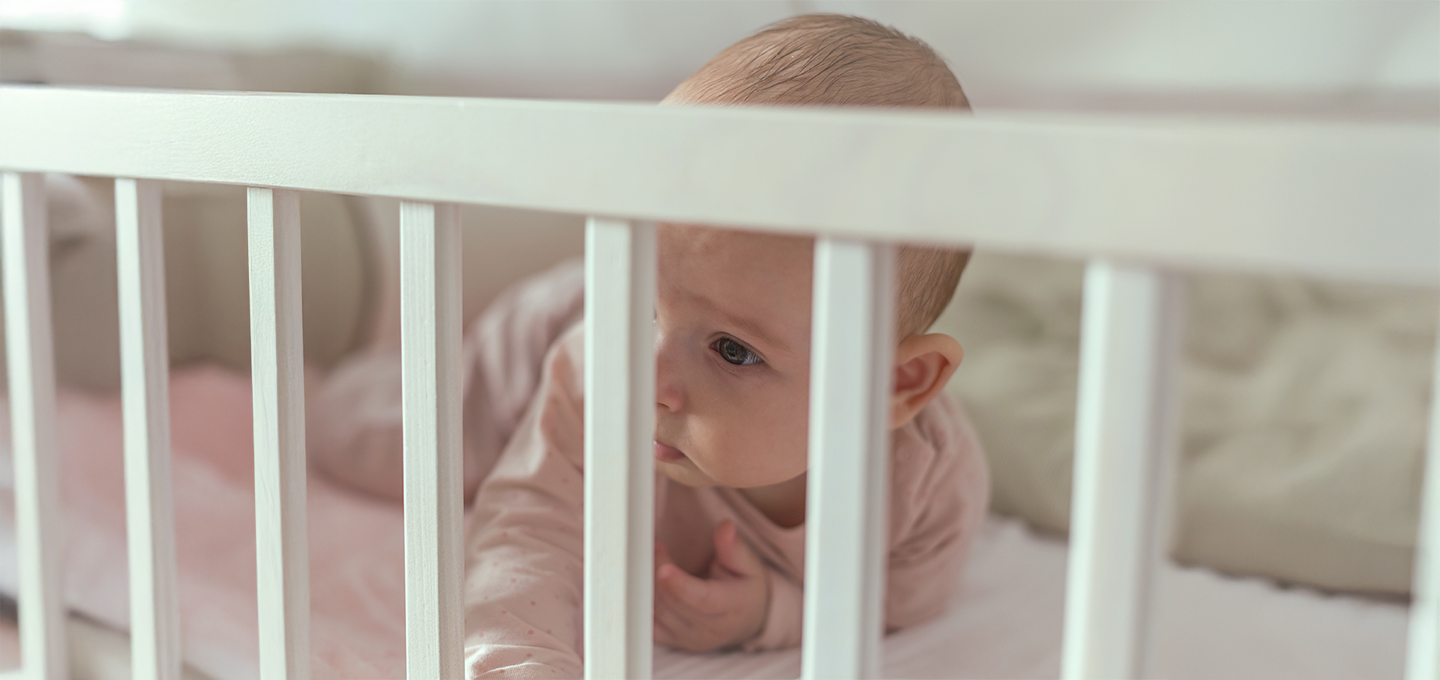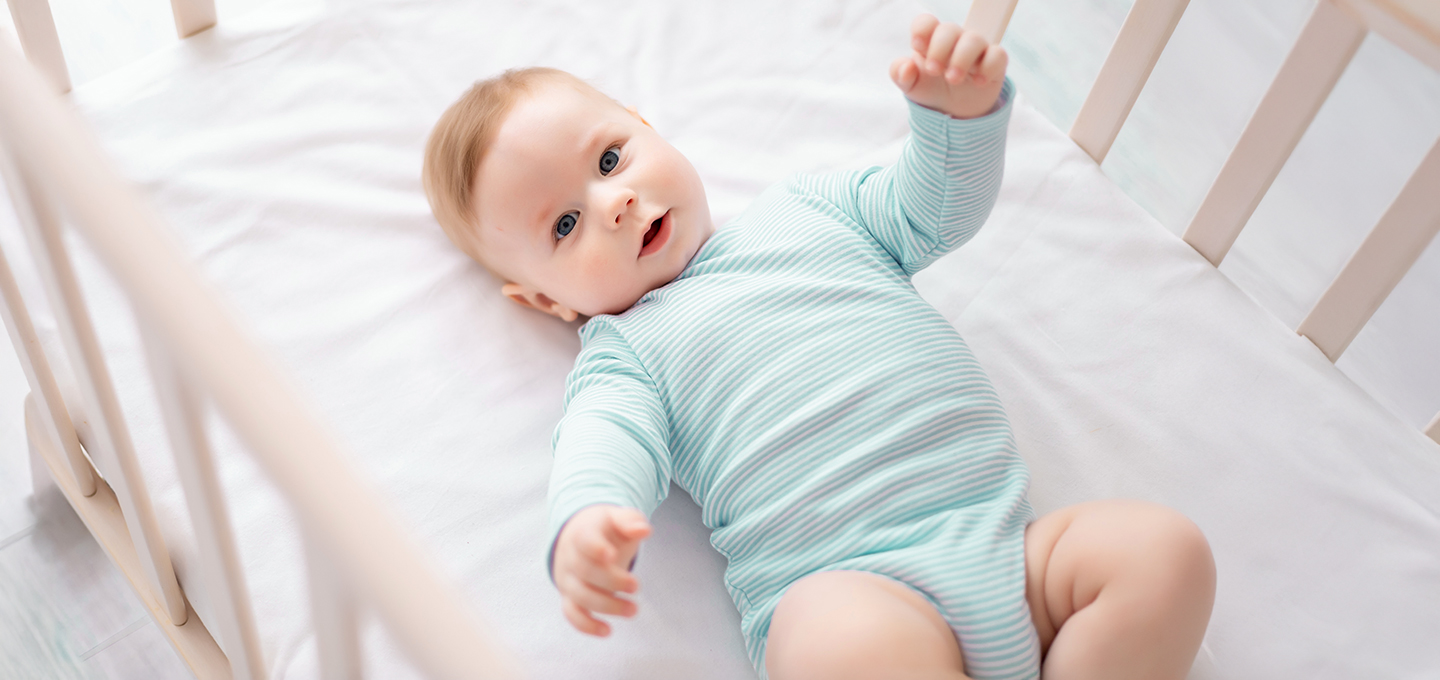
All About the Ferber Method Sleep Training Technique


IN THIS ARTICLE
The Ferber Method, also known as “Ferberizing” or “Graduated Crying-It-Out,” is a structured sleep training technique designed to help children learn to fall asleep independently. Developed by Dr. Richard Ferber, this method uses a progressive waiting approach—you briefly check in on your child at increasing time intervals without picking them up, allowing your little one to self-soothe. While it’s often effective within a few nights, it may involve some crying, which can be challenging for parents. This method is recommended for babies 4–6 months and older, when they're developmentally ready. It's safe if used correctly, with no long-term negative effects noted.
Here’s a quick overview:
Now that you understand the basics, let’s look deeper into how to implement the Ferber Method step-by-step and explore whether it’s the right fit for your family.
What Is the Ferber Method?
If you’re unfamiliar with Ferber sleep training, this method, developed by pediatric sleep expert Dr. Richard Ferber, is a structured approach to helping babies learn how to fall asleep on their own. Often called “Ferberizing” your baby, the technique is a form of graduated extinction sleep training.
Also known as Graduated Crying-It-Out, the method involves letting your baby cry for short, timed intervals before offering comfort. These intervals gradually increase over several nights, teaching your baby to self-soothe while still receiving reassurance from you.
What Is the Goal of the Ferber Method?
The goal of the Ferber method is to help babies develop independent sleep skills. By gradually reducing parental intervention, Ferber sleep training aims to teach babies how to fall asleep—and stay asleep—without needing to be rocked, fed, or held each time they wake.
When to Start the Ferberizing Technique With Your Baby?
Knowing the right time to begin the Ferber Method—or any form of sleep training—depends on a few key factors, including your baby’s age and sleep needs. If you’re asking, “How old should a baby be for the Ferber Method?” or “Can it help with night wakings?”, here’s what to consider before getting started:
*vs size 4 leading value brand
**based on Nielsen volume sales L52 weeks
By 3 months, 90 percent of babies have started consolidating their sleep, sleeping six to eight hours a night without waking. So, experts advise that parents can start sleep training as young as 4 months. But, of course, remember that your little one may still be sleeping in your room at that age, so it’s more common for parents to start sleep training after 6 months.
Ferber Method Step-by-Step Guide
If you’re wondering how to do the Ferber Method with your baby, the technique is straightforward. You’ll simply allow them to “cry it out” for gradually increasing periods of time.
You’ll start small, just letting your baby cry for a couple of minutes before checking on them. Then, as the night goes on, you’ll gradually increase the time you wait before you respond to your baby’s crying but wait no longer than 10 minutes.
This structure of the Ferber Method can be modified based on what you and your baby need, but it could look something like our step-by-step example:
Although the Ferber method is a sleep training technique that’s most often used for nighttime slumber, you could also use the Ferber method for naps to keep your baby’s sleep consistent.
Ferber Method Sleep Training Chart and Schedule
Again, you’re in charge of how long to make each interval, and you can use a modified version of the Ferber Method if that works best for you. But to give you a step-by-step idea of what a Ferber sleep training schedule could look like, check out the example of a Ferber method sleep chart below:
How Long Does the Ferber Method Take to Work?
Most sleep training methods, including the Ferber method, require at least a few days to start taking effect. It's possible that your baby could fall asleep within just one or two intervals after a few days of the Ferber method. Of course, all babies are different, and yours might take a little longer to learn how to fall asleep and stay asleep on their own.
In time, most babies will naturally fall asleep by themselves following their own natural rhythms. However, some babies are more sensitive to stimulation or have longer, louder bouts of crying. If your little one falls into that
category, know that it might take a little longer to be successful with sleep training, but that eventually, they will fall asleep on their own without any tears.
Tip
It can be tricky to land on that perfect sleep routine for both you and your little one. Fortunately, you don’t have to go it alone. Get equipped for your best sleep with the experts from Smart Sleep Coach. They’ll help you analyze your baby’s biological sleep patterns, as well as help you determine the perfect windows for sleep. At Smart Sleep Coach, they’re not just pediatric sleep consultants—they’re parents who have been through the same sleep journey you’re on now, and they’re ready to help turn you and your baby into a dream team for Zzz’s.
How to Use the Ferber Method for Naps
The Ferber method can be adapted for naps using the same principle of gradually increasing response intervals. Consistency is key when applying Ferberizing techniques to both nighttime sleep and daytime naps.
Keep in mind that naps can take longer to adjust than nighttime sleep, and it’s normal for progress to be slower during the day. With consistency and patience, your baby can learn to self-soothe and nap independently over time.
Troubleshooting and Challenges with the Ferber Method
Many parents wonder whether the Ferber method is safe or emotionally harmful for babies. According to pediatric experts, including those from the AAP and Mayo Clinic, Ferberizing is not harmful when done with care. As long as infants receive consistent love, comfort, and attention during their waking hours, short periods of crying during sleep training do not damage emotional bonds or development.
Learning to fall asleep independently is a key milestone for babies, and graduated extinction techniques like the Ferber method can support that growth. However, every baby is different, and it’s completely okay to adapt the method to suit your child’s temperament.
If your baby becomes extremely distressed during the process, you can adjust the response intervals, checking in sooner or offering more reassurance. A modified Ferber method may slow results slightly, but it can make the experience more manageable for both you and your baby.
It's also worth noting that the Ferber method may not work for every family—and that’s okay. What matters most is finding a sleep training approach that aligns with your baby’s needs and your parenting style.
Families who have used the Ferber sleep training method often report:
Tips for Success With the Ferber Method
Successfully using the Ferberizing technique often comes down to consistency, patience, and realistic expectations. Here are a few key principles to help you stay on track:
Above all, remind yourself that sleep training is a tool, not a test of parenting. Whether your baby responds quickly or needs extra time, your love and responsiveness matter most.
When Should the Ferber Method Be Avoided?
Some reasons to hold off on trying the Ferber method or other sleep training techniques might include the following:
Before starting any type of sleep training, it’s always best to consult your baby’s healthcare provider first.
Beyond the Ferber Method: Alternative Sleep Training Techniques
The Ferber method is just one sleep training method for you to consider. There are many other sleep strategies for a baby and even for sleep training a toddler, which include the following:
You can discover more about baby sleep training methods and toddler sleep training in our dedicated guides.
When to Seek Help for Your Baby’s Sleep?
While many sleep issues can be addressed with consistent routines and techniques like the Ferber method, there are times when it’s best to reach out to your healthcare provider. Seek professional guidance if:
Your healthcare provider can help rule out medical concerns, offer age-appropriate advice, and refer you to a sleep specialist if needed. Remember, asking for help is a strength, not a sign of failure.
FAQS AT A GLANCE
You can start the Ferber method sleep training from 4 months to 1 year of age. Experts recommend waiting until your baby is sleeping consistently for long stretches during the night, as well as sleeping in their own room.
The Bottom Line
The Ferber method is just one sleep training method, and it’s up to you to decide what technique is best for you and your baby (though you can always ask your child’s healthcare provider for advice).
The Ferber sleep training method, also known as Graduated Crying-It-Out, helps babies learn to fall asleep independently. Instead of ignoring cries completely, you let your baby cry for gradually increasing intervals, up to 10 minutes at a time.
Experts agree that sleep training involving “crying it out” isn’t harmful if done correctly, considering the baby's personality and needs. Some babies can start Ferber training at 4 months, while others may need to wait until 6 months or later. With plenty of love and attention during waking hours, this method won’t harm your child emotionally or affect your relationship.
Keep in mind that the Ferber method may not suit everyone and that choosing it is a personal decision. While it offers benefits and usually shows results in just a few days, you must determine if it fits your family's needs. As always, be sure to consult your child’s healthcare provider if you have additional questions or concerns.
As you explore sleep training options, consider downloading the Pampers Rewards app to earn Pampers Cash on all the diapers and wipes you buy for your little one.
- American Academy of Pediatrics. Caring for Your Baby and Young Child: Birth to Age 5, 7th ed. (New York: Bantam Books, 2019).
- Mindell, Jodi A. Sleeping Through the Night: How Infants, Toddlers, and Their Parents Can Get a Good Night's Sleep, revised ed. (New York: Harper Resource, 2005).
- American Academy of Pediatrics. Sleep: What Every Parent Needs to Know (Elk Grove Village, IL: American Academy of Pediatrics, 2013).
- Cleveland Clinic: What Is the Ferber Method of Sleep Training Your Baby?
- Healthy Children: A Parents’ Guide to Safe Sleep
- Healthy Children: Getting Your Baby to Sleep
- Healthy Children: Healthy Sleep Habits: How Many Hours Does Your Child Need?
- Healthy Children: Self-Soothing: Help Your Baby Learn This Life Skill
- La Leche League International: Sleep Training or Not
- Zero to Three: Helping Babies Learn to Fall Asleep on Their Own















